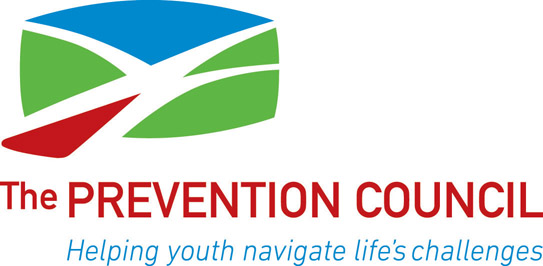September 22, 2010
By Barbara Brewer LaMere
Saratoga Business Journal
The Southern Adirondack Tobacco-Free Coalition, in cooperation with the Capital District Tobacco-Free Coalition, recently commissioned a study by Siena Research Institute of the benefits to owners of multi-unit dwellings of making their properties smoke-free. Southern Adirondack Tobacco-Free Coalition frequently partners with Capital District Tobacco-Free Coalition on matters of interest to property owners, as there are many property owners who reside in one coalition’s state-assigned counties of interest who own properties in the areas served by both of the coalitions. Both coalitions are among 30 state-funded not-for-profit agencies of the New York State Department of Health Tobacco Control Program.
According to Janine Stuchin, project coordinator for the Southern Adirondack coalition based in Saratoga, which serves Warren, Washington, and Saratoga counties, the purpose of the study was, in part, to ascertain the level of interest shown by property owners in local areas in creating or maintaining smoke-free-status on their properties.
A total of 420 responses were received to the surveys mailed out, representing the owners of 10,000 housing units in the six-county region. In addition to the level of interest in smoke-free housing displayed by these landlords, the study sought to discover the level of awareness of stakeholders, both landlords and tenants, of the benefits of smoke-free status for their dwellings. Questions also addressed the matter of how many residential units are already designated smoke-free and the accuracy of perceptions of stakeholders of the benefits of going smoke-free.
The coalitions were pleased to discover that among the survey respondents who owned one or more multiple-residential units, 54 percent had policies in place for at least some units to be designated smoke-free. Smoke-free policies as defined by SmokeFreeHousingNY.org prohibit “tenants and others from carrying or using lit tobacco products anywhere within a multi-unit dwelling, including places where people live.” Policies may also extend to outdoor areas connected with a property, such as balconies, terraces, gardens, pool areas, and within established distances of building entrances, among others. Of property owners who had smoke-free designated units, 53 percent had had such policies in place for five or more years.
Sixty-one percent of landlords in the survey noted positive feedback from tenants residing in units designated as smoke-free. As noted in Steps to Smoke-Free Housing NY’s “Landlord and Property Owners’ Guide,” tenants of smoke-free dwellings benefit from not being exposed to the smells and more than 4,000 carcinogens of second-hand smoke through light fixtures, around doors, through cracks and through shared heating and ventilation. The same document notes that 74 percent of non-smokers prefer to live in no-smoking dwellings and that apartments that smell of secondhand smoke are harder to rent.
The economic benefits to property owners cited in literature presented by the Southern Adirondack coalition at a smoke-free housing luncheon on June 8 were noted by participants in the survey as well, with 80 percent of property owners with smoke-free units noting decreased maintenance costs. Smoke Free Housing New England 2009 noted in literature that to make an apartment occupant- ready after it has been vacated by a heavy smoker costs nearly six times as much ($3,515 compared to $560) as to make the apartment ready when it has been occupied by non-smokers. Even light smoking increases the costs three-fold versus a non-smoking unit.
Fire concerns were rated high on the list of reasons that landlords chose to make units smoke-free.
Cigarette smoking is a leading cause of residential fires. Some insurance companies offer discounts for smoke-free buildings, so that there can be additional monetary savings. (http://www.smokefreehousingny.org/)
For landlords who may be hesitating to initiate smoke-free policies due to legal concerns and uncertainty about just how to implement such policies, Southern Adirondack Tobacco-Free Coalition can be of assistance. Property owners have a right to protect their properties against damage from fire and other smoking related causes just as they have the option to make a dwelling pet-free. They may be protecting themselves as well from liability to which they may be subject for not protecting the health and lives of their tenants from the dangers of secondhand smoke and fire.
In addition to information on how to go about making units smoke-free, including negotiating such matters as informing current tenants that a smoke-free policy may be implemented and enforcing a policy already in place, the Southern Adirondack Tobacco-Free Coalition can provide sample leases, signage to keep tenants and their guests reminded of smoke-free policies, and other advice as well. Janine Stuchin can be reached at The Prevention Council, 36 Phila Street, Saratoga Springs. The telephone number is 581-1230. The website address for the coalition is http://www.tobaccofreeadirondacks.com/.
